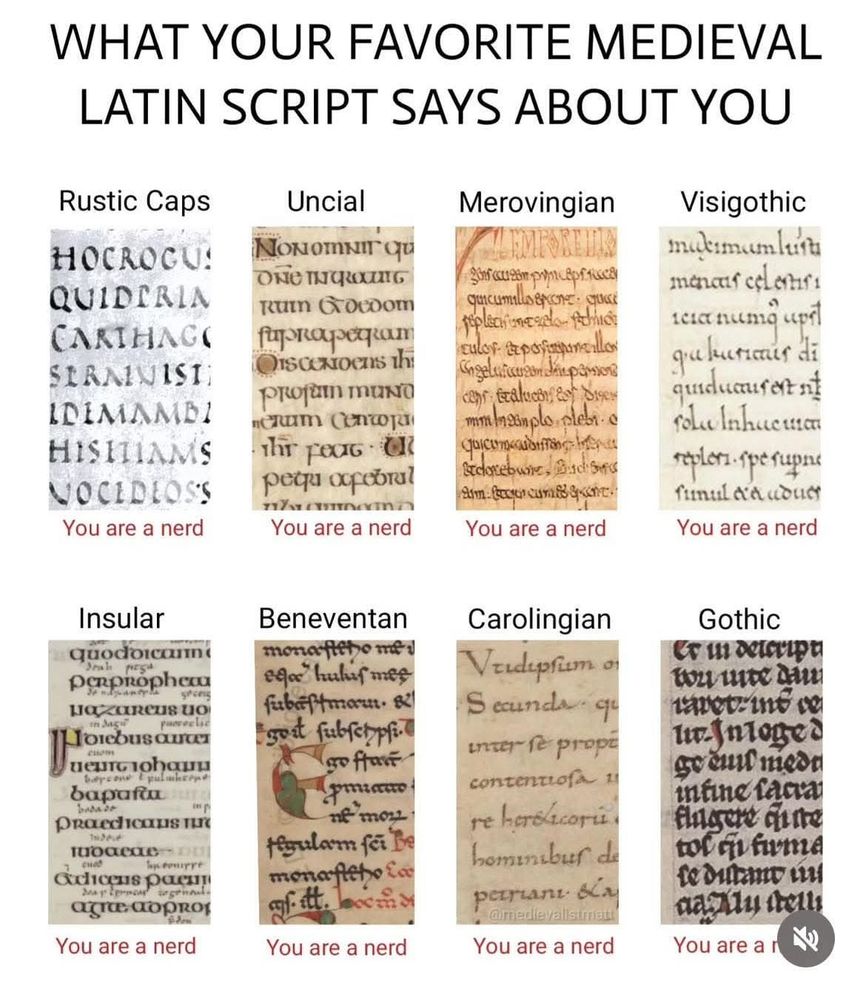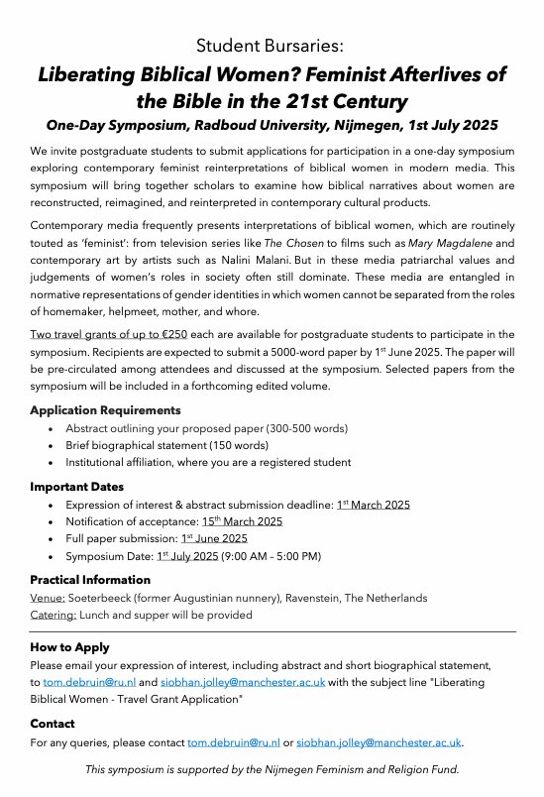Lauren Randall
@laurenrndll.bsky.social
1.1K followers
570 following
14 posts
PhD Theology student at Durham University researching the paratext of Codex Amiatinus, exploring palaeography, philology and manuscript cultures.
Posts
Media
Videos
Starter Packs
Reposted by Lauren Randall
Reposted by Lauren Randall
Lauren Randall
@laurenrndll.bsky.social
· Mar 28
Lauren Randall
@laurenrndll.bsky.social
· Mar 27
Reposted by Lauren Randall
Lauren Randall
@laurenrndll.bsky.social
· Nov 12













